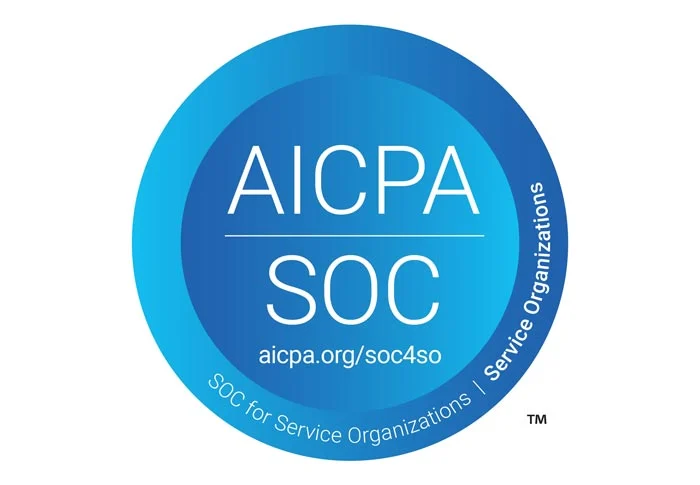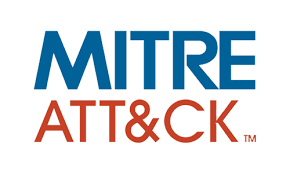This is a sample list of possible security policies that your organization needs to apply. The exact list needs to be determined based on your organization’s profile, the scope of the audit and after consulting with your auditor and a SOC 2 compliance expert. Get a copy of our Free SOC 2 sample policies here.
- Information Security Policy: This policy outlines the overall approach to information security, including the measures and controls in place to protect sensitive information, the types of information that need to be protected, and the responsibilities of employees and other stakeholders with respect to information security.
- Access Control Policy: This policy defines the process for granting, managing, and revoking access to sensitive information and systems, and outlines the procedures for ensuring that only authorized individuals have access to sensitive information.
- Incident Response Policy: This policy outlines the process for responding to security incidents and data breaches, including the steps to be taken to contain the breach, minimize the damage, and restore normal operations.
- Risk Management Policy: This policy outlines the approach to risk management and provides guidance on identifying, assessing, and mitigating risk.
- Data Retention Policy: This policy defines the process for retaining sensitive information, including the length of time data will be retained and the steps to be taken to securely delete information that is no longer needed.
- Password Management Policy: This policy defines the requirements for creating, storing, and using passwords, and outlines the steps to be taken to ensure that passwords are secure and meet minimum strength requirements.
- Data Backup and Recovery Policy: This policy outlines the process for backing up and recovering sensitive information, including the frequency of backups, the procedures for testing and verifying backups, and the steps to be taken to ensure that backups are stored securely and are readily available in the event of an emergency.
- Physical Security Policy: This policy outlines the measures and controls in place to secure physical access to sensitive information, systems, and equipment, including the use of secure locations, access controls, and security cameras.
- Remote Access Policy: This policy outlines the requirements for accessing sensitive information and systems from remote locations, including the use of virtual private networks (VPNs) and other remote access technologies, and the steps to be taken to ensure that remote access is secure and does not compromise the security of sensitive information.
- Mobile Device Policy: This policy defines the requirements for using mobile devices, such as smartphones and tablets, to access sensitive information and outlines the steps to be taken to secure these devices, including the use of encryption, remote wipe capabilities, and other security controls.
- Third-Party Security Policy: This policy outlines the requirements for working with third-party vendors and contractors and provides guidance on the steps to be taken to ensure that these third parties meet the same security and data protection standards as your organization, including the use of security assessments, due diligence, and other risk management practices.
- Data Classification Policy: This policy outlines the process for classifying sensitive information and systems, including the types of information that require protection and the steps to be taken to ensure that this information is properly classified and protected.
- Network Security Policy: This policy outlines the measures and controls in place to secure your network, including the use of firewalls, intrusion detection systems, and other network security technologies.
- Encryption Policy: This policy outlines the requirements for encrypting sensitive information, including the types of information that must be encrypted, the encryption algorithms and technologies to be used, and the procedures for decrypting and accessing encrypted information.
Disclaimer: This list is not exhaustive and the specific policies required for a SOC 2 Type 2 audit may vary depending on the size, complexity, and operations of the organization, as well as the types of services and information being protected. An independent auditor or a consulting firm can help you determine the specific policies and controls that are required to achieve SOC 2.
Get a copy of our Free SOC 2 sample policies here.
At Prodigy 13 we can help you achieve 100% compliance with SOC 2, for more information and for free compliance assessment, please review our Managed and Assisted compliance services.


